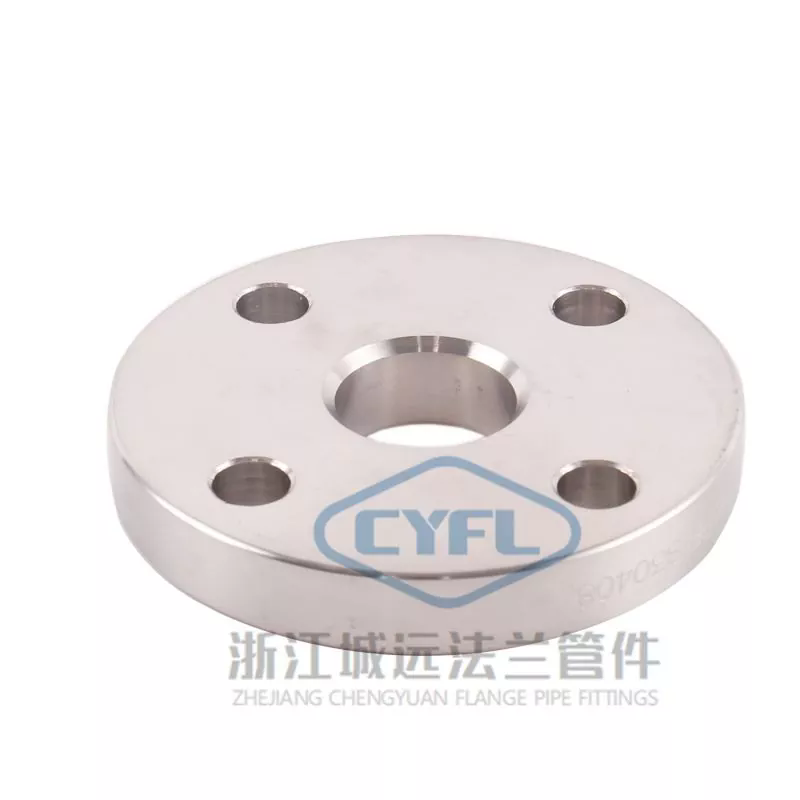What Are Stainless Steel Flanges and Why Are They Crucial in Piping Systems?
2025-06-24
Stainless steel flanges are essential components used to connect pipes, valves, pumps, and other equipment in piping systems. Made from stainless steel, these flanges offer exceptional strength, corrosion resistance, and durability, making them ideal for a wide range of industrial applications, especially in harsh environments.

What Are Stainless Steel Flanges?
A flange is a flat, round plate or ring that is welded or screwed onto a pipe end. It provides a reliable and detachable joint that allows for easy assembly, disassembly, and maintenance of piping systems. Stainless steel flanges are manufactured from various grades of stainless steel, such as 304, 316, and 321, each offering unique properties suitable for different conditions.
Key Features and Benefits
Corrosion Resistance: Stainless steel flanges resist rust and chemical corrosion, even in aggressive environments.
Strength and Durability: Capable of withstanding high pressure and temperature.
Versatility: Suitable for water, oil, gas, chemical, and food industries.
Ease of Maintenance: Flanged joints simplify inspection, repair, and replacement.
Aesthetic Appeal: Stainless steel maintains a clean, polished appearance.
Common Types of Stainless Steel Flanges
Weld Neck Flanges: Known for strength and used in high-pressure systems.
Slip-On Flanges: Easy to install and suitable for low-pressure applications.
Blind Flanges: Used to seal pipe ends or equipment openings.
Socket Weld Flanges: Ideal for small-diameter, high-pressure pipes.
Threaded Flanges: Connect pipes without welding.
Lap Joint Flanges: Used with stub ends for easy alignment and maintenance.
Applications of Stainless Steel Flanges
Chemical Processing: Handling corrosive substances safely.
Oil and Gas Industry: High-pressure pipelines and refineries.
Food and Beverage: Sanitary piping requiring hygienic surfaces.
Water Treatment: Corrosion-resistant piping systems.
Pharmaceuticals: Sterile and durable connections.
How to Choose the Right Stainless Steel Flange
Material Grade: Select based on corrosion and temperature resistance needs.
Pressure Rating: Ensure flange meets system pressure requirements.
Size and Dimensions: Match pipe size and standard specifications (ANSI, DIN, JIS).
Type of Connection: Welded, threaded, or slip-on depending on application.
Surface Finish: Smooth finish for sanitary or aesthetic purposes.
Conclusion
Stainless steel flanges are vital components that ensure secure, durable, and corrosion-resistant connections in piping systems across many industries. Choosing the right flange type and material grade is key to system reliability and longevity.


